crossover and EV trends
#31
This discussion seems to be turning into what comes first......the chicken or the egg? Will the EVs come in response to first investing in the charging-stations, or will an increasing number of EVs themselves actually force more stations to be built? I am generally of the former view....government legislation or not, people are not going to buy or lease EVs unless they know that there will be a reasonable number of places they can be recharged, in a reasonable amount of time, at reasonable cost, at a reasonable distance from home. Anything else would be like people just trying to grasp at straws.
#33
I agree, but that means moving away from batteries and to something like supercapacitors. There are no battery technologies currently in existence--or as far as I'm aware, even in development--that can accept charging at this rate without catching fire.
#34
Supercapacitors are potentially a good idea, and I agree they are less of a fire-risk, but can they store enough current, for a long enough time, to feed an electric motor that produces several hundred HP? Under cruise-conditions, on, say, an Interstate highway, the vehicle is not going to see much in the way of recharging or regenerative braking.
#35
This is all very interesting (about EVs and charging) but we can start another thread on this, or move posts here about it to a new thread...
edit: actually all but the first 3 posts are about EVs... so will rename the thread. Thanks oldcajun
edit: actually all but the first 3 posts are about EVs... so will rename the thread. Thanks oldcajun

#36
Supercapacitors are potentially a good idea, and I agree they are less of a fire-risk, but can they store enough current, for a long enough time, to feed an electric motor that produces several hundred HP? Under cruise-conditions, on, say, an Interstate highway, the vehicle is not going to see much in the way of recharging or regenerative braking.
To choose the conservative side, charging 60kWh in 15 minutes means charging at a rate of 240kW. Allowing for thermal losses for conversion and storage, this would require a 240V charger drawing approximately 1,250 Amps! Even at 400V, it'd still be something like 750 Amps. On the high side, charging 100kWh in 10 minutes would mean a rate of 600kW. So you're talking 3,125 Amps at 240V, or 1,875 Amps at 400V.
To put that into perspective, most recently-built homes have 240V service at 200 Amps, and my entire office complex has 480V service at 500 Amps.
#37
We need substantially more charging stations in the US. I live in Massachusetts and they are few and far between unless you are in a major city. I have a home and can put a charger in my garage, but that only works when I am at home. I have a job where I travel to clients all the time and this doesn’t work for me right now. Need more infrastructure and need it ASAP. Although this may be the fastest growing segment, true with will depend on infrastructure buildout nationwide.
#38
From quick searches for EV chargers here in Ontario, it seems that they are readily available in urban areas but sparse along the highways. There are service centres, rest areas with large parking lots, gas stations and fast food restaurants, spaced regularly along the highways in Ontario, but from what I could find, there are no EV chargers at those service centres. That would rule out long-distance travel unless an EV driver is willing to leave the highway and enter into the built-up area some distance off the highway; some of our highways run through rural areas and civilisation is not readily evident from the highway.
I suppose the recharging infrastructure will come once there are more EVs on our roads. The problem is that right now, the federal government is encouraging adoption of EVs through a rebate system but the provincial governments are responsible for the highways, and the current provincial government killed off incentives for EVs when they were elected a year ago.
I suppose the recharging infrastructure will come once there are more EVs on our roads. The problem is that right now, the federal government is encouraging adoption of EVs through a rebate system but the provincial governments are responsible for the highways, and the current provincial government killed off incentives for EVs when they were elected a year ago.
#41
this internet thing
 had it not been for DARPA, the internet would likely have taken decades longer to develop with all kinds of proprietary and incompatible 'fiefdoms' (like AOL, shudder)...
had it not been for DARPA, the internet would likely have taken decades longer to develop with all kinds of proprietary and incompatible 'fiefdoms' (like AOL, shudder)...the space program... obviously a gigantic national defense program disguised as exploration for the good of mankind, nevertheless, this program spurred VAST innovation that has helped the planet in almost immeasurable ways.
roads are another good example... in private hands only, it would be a disaster.
#42
#44
That's the rub. For a given capacity, supercapacitors are 40x the size/weight of a Li-Ion battery. No matter how you slice it, we're a long way from being able to charge 60-100 kWh in 10-15 minutes, and it's not just the batteries that are the problem.
To choose the conservative side, charging 60kWh in 15 minutes means charging at a rate of 240kW. Allowing for thermal losses for conversion and storage, this would require a 240V charger drawing approximately 1,250 Amps! Even at 400V, it'd still be something like 750 Amps. On the high side, charging 100kWh in 10 minutes would mean a rate of 600kW. So you're talking 3,125 Amps at 240V, or 1,875 Amps at 400V.
To put that into perspective, most recently-built homes have 240V service at 200 Amps, and my entire office complex has 480V service at 500 Amps.
To choose the conservative side, charging 60kWh in 15 minutes means charging at a rate of 240kW. Allowing for thermal losses for conversion and storage, this would require a 240V charger drawing approximately 1,250 Amps! Even at 400V, it'd still be something like 750 Amps. On the high side, charging 100kWh in 10 minutes would mean a rate of 600kW. So you're talking 3,125 Amps at 240V, or 1,875 Amps at 400V.
To put that into perspective, most recently-built homes have 240V service at 200 Amps, and my entire office complex has 480V service at 500 Amps.
Solid state batteries have an advantage of faster charging, so I assume they would be able to do that and then you only need these at highways since it is ok to charge at slower rates in office/home parking.
But sure, this is next 10 years in most of the western world today, not something that will come online tomorrow.
#45
That's the rub. For a given capacity, supercapacitors are 40x the size/weight of a Li-Ion battery. No matter how you slice it, we're a long way from being able to charge 60-100 kWh in 10-15 minutes, and it's not just the batteries that are the problem.
To choose the conservative side, charging 60kWh in 15 minutes means charging at a rate of 240kW. Allowing for thermal losses for conversion and storage, this would require a 240V charger drawing approximately 1,250 Amps! Even at 400V, it'd still be something like 750 Amps. On the high side, charging 100kWh in 10 minutes would mean a rate of 600kW. So you're talking 3,125 Amps at 240V, or 1,875 Amps at 400V.
To put that into perspective, most recently-built homes have 240V service at 200 Amps, and my entire office complex has 480V service at 500 Amps.
To choose the conservative side, charging 60kWh in 15 minutes means charging at a rate of 240kW. Allowing for thermal losses for conversion and storage, this would require a 240V charger drawing approximately 1,250 Amps! Even at 400V, it'd still be something like 750 Amps. On the high side, charging 100kWh in 10 minutes would mean a rate of 600kW. So you're talking 3,125 Amps at 240V, or 1,875 Amps at 400V.
To put that into perspective, most recently-built homes have 240V service at 200 Amps, and my entire office complex has 480V service at 500 Amps.
The days of 35 mm Kodak and Fuji Film are all over, and in the same way, there will be people still clutching onto fossil fuels.
Now comes the EV boom.
Solid state battery tech will come, but will take time.
Most people forget that EV's will be frequently topped up when parked, as opposed to gasoline which was mostly used up and then refilled once a week etc.
Recharging infrastructure will come.
However, if battery packs are fully charged in 15 minutes, then their long term longevity will be greatly diminished.
That's when hydrogen fuel cell comes in.
Hydrogen has both longer range, and faster refuelling.
For commercial and/or long distance travel, hydrogen is best, and the hydrogen infrastructure will come.
Keeping in mind that 100 kWh of renewable electricity will only inefficiently yield 23 kWh of hydrogen fuel, as opposed to much more efficiently yielding 69 kWh of direct battery power.
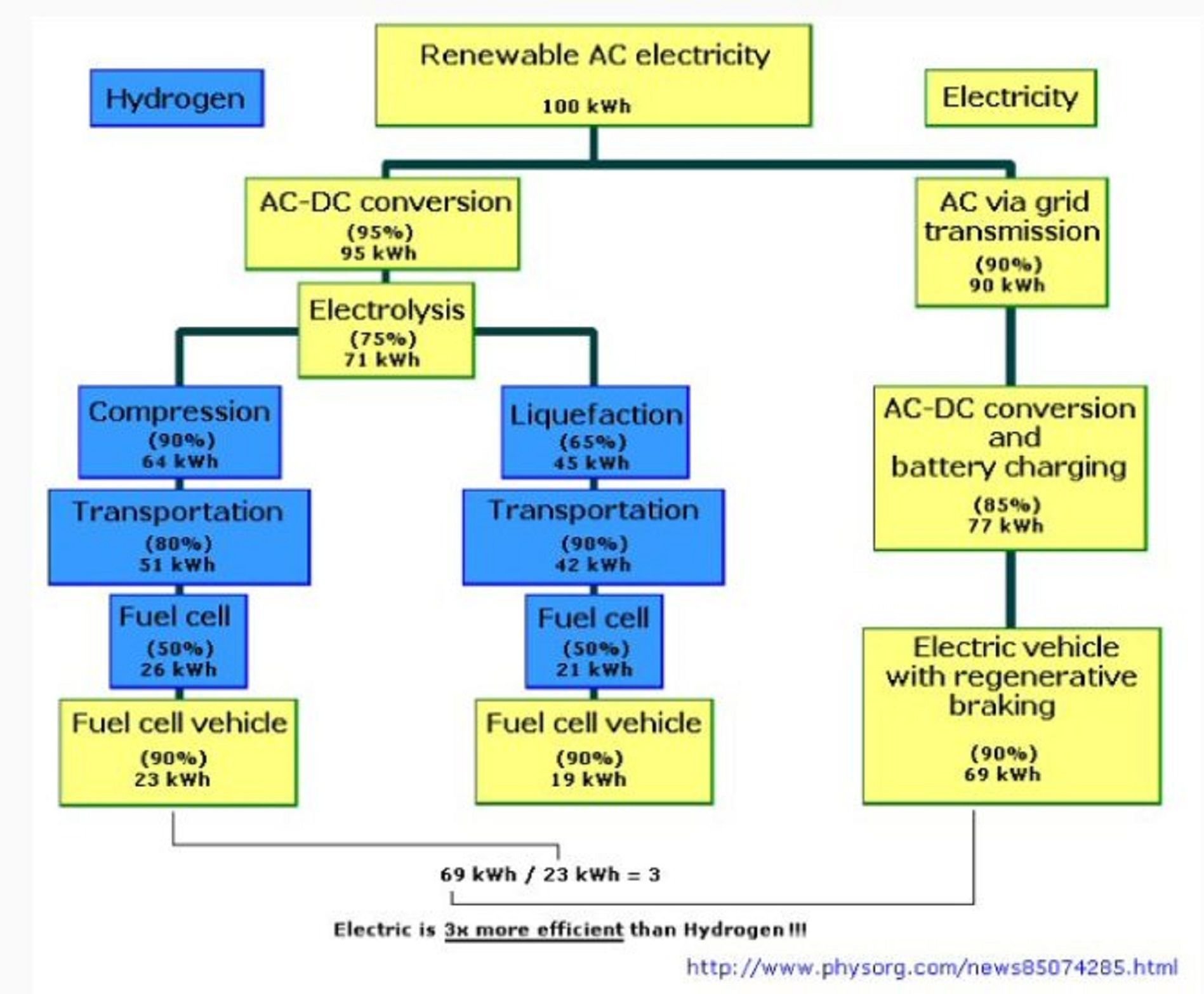
What is more interesting with this CUV/SUV tall wagon fad to BEV transformation, is how the additional 4" height of the underfloor mounted battery packs will affect the overall height of the vehicles.
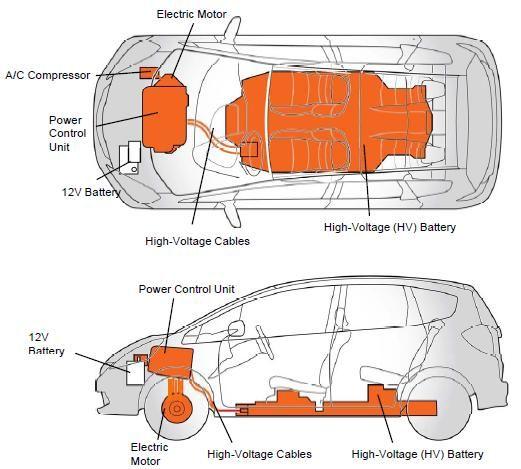
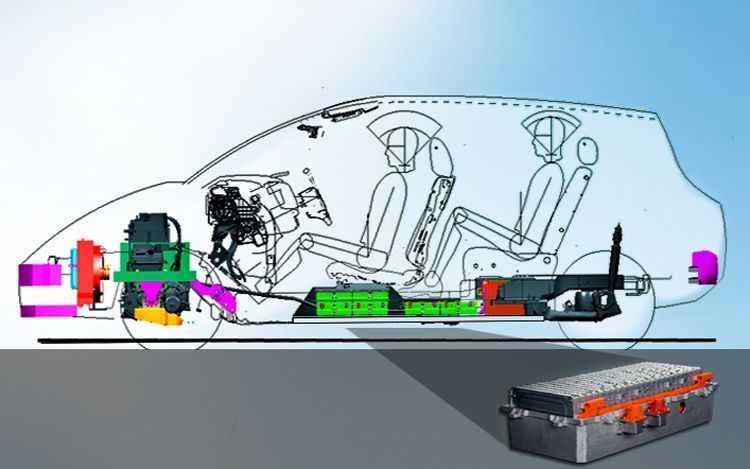
On the one hand, the new BEV's may maintain their overall height of around 57" like the Tesla Model S, and lose around 4" of vertical cabin height inside.
In the back of the Model S, the seat base is only a little higher than the battery pack, I sit essentially with my backside on the floor, my ankles tucked close to my backside, and my knees pointing up to the sky - as opposed to a higher seat base and more upright seating position in a traditional sedan.
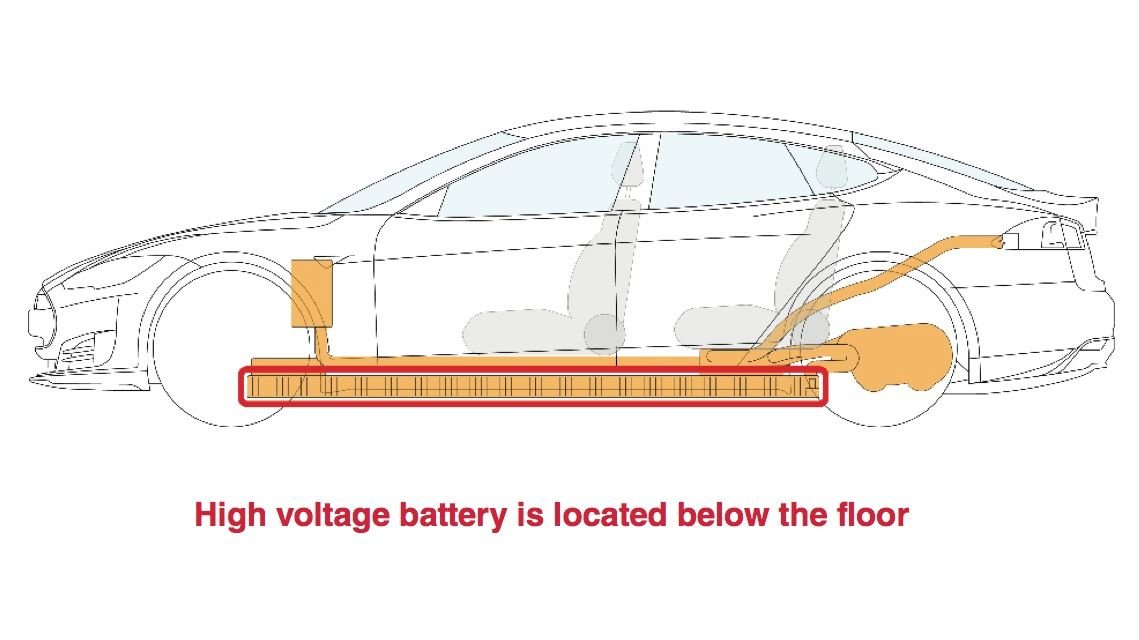
On the other hand, the new BEV's may add an extra 4" to their overall height for a total of 61-63" etc, to maintain the internal vertical floor to ceiling height like the subcompact Chevrolet Bolt and compact Jaguar i-Pace.
The Honda Fit sub-compact, and Nissan Leaf compact are not too far behind in overall height.
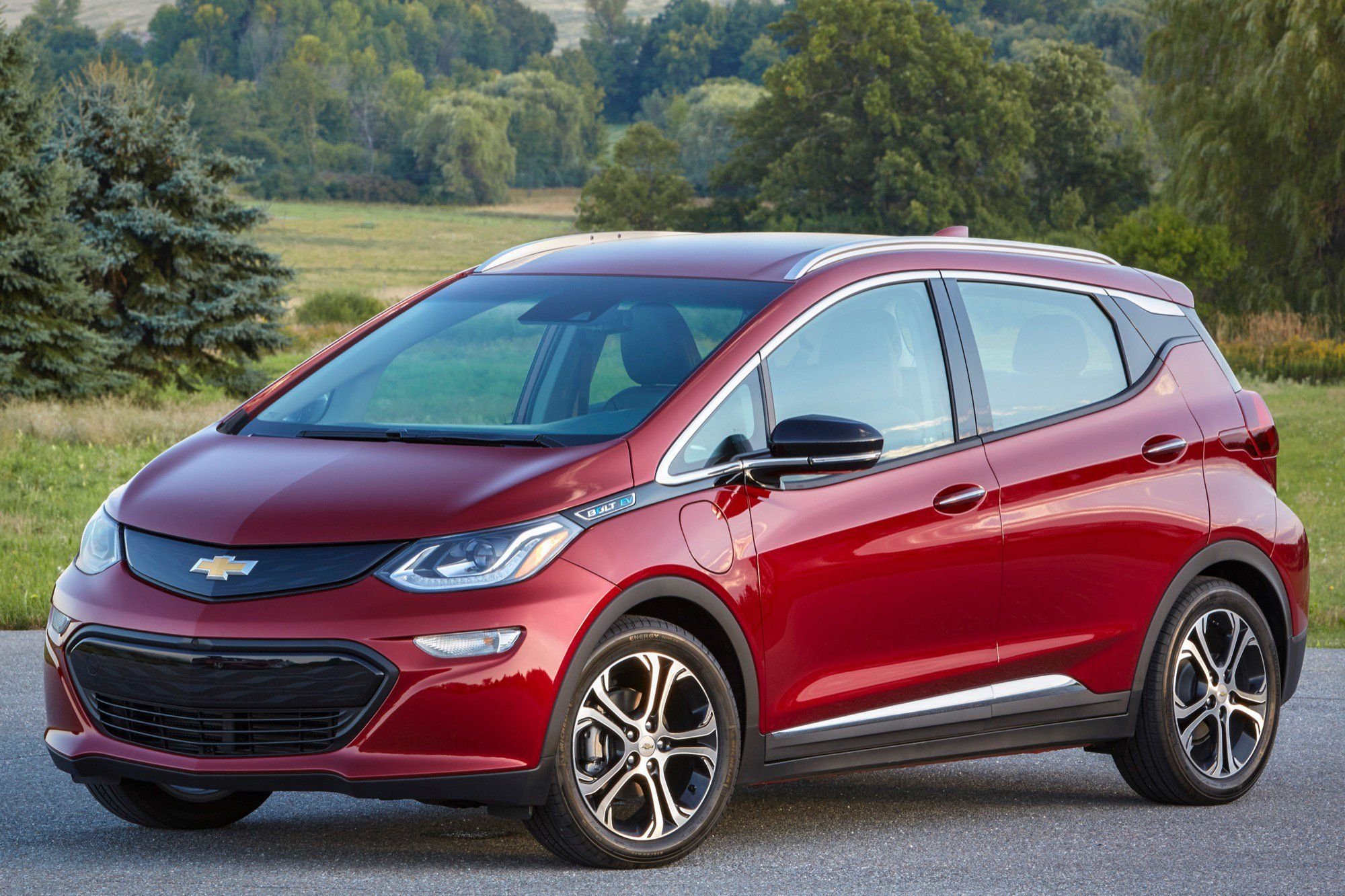
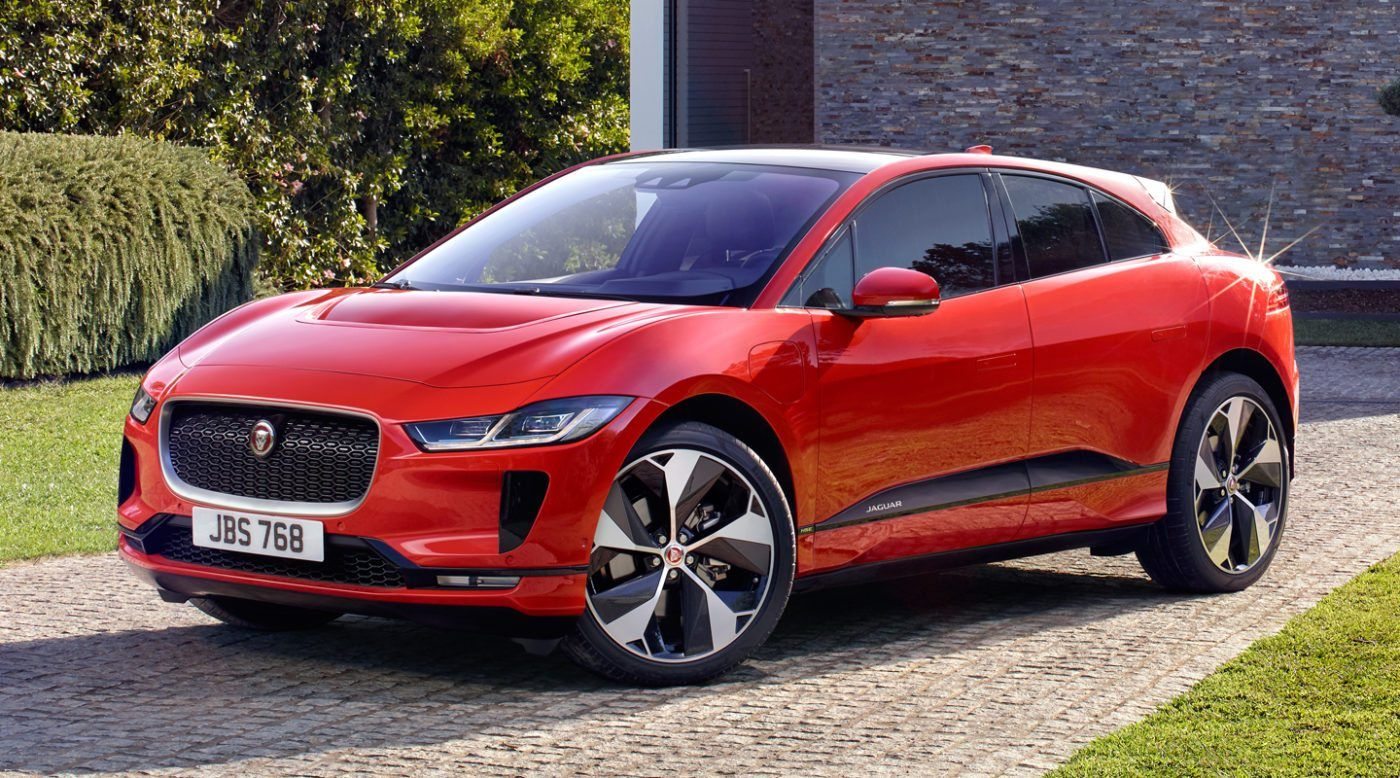
Considering current consumer's penchant for tall CUV/SUV tailgate wagons, perhaps the 4" higher roofline BEV design will prove to be more popular???
.
Last edited by peteharvey; 06-17-19 at 05:35 PM.


